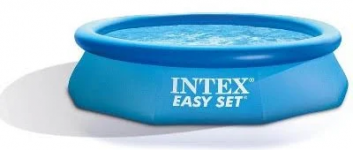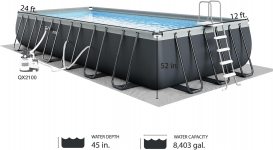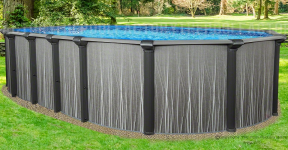- Location
- Tennessee NEC:2017
- Occupation
- Semi-Retired Electrician
680.26(B)(1)What code section allows this. Not seeing it. The liner is not the shell.
680.26(B)(3)
(3) Metallic Components.
All metallic parts of the pool structure, including reinforcing metal not addressed in 680.26(B)(1)(a), shall be bonded. Where reinforcing steel is encapsulated with a nonconductive compound, the reinforcing steel shall not be required to be bonded.
Pool water is still required to be bonded and most metal framing of the above ground pool structure is touchable from within a pool and would create same hazard as any other pool metal addressed in the EQ bonding requirements.
So the only question that remains, Is the pool storable or permanent per the code? Even a storable pool still has to abide to parts 1 & 2 of 680 per 680.30.
Vinyl liners and fiberglass composite
shells shall be considered to be nonconductive materials.
680.26(B)(2)
For nonconductive pool shells, bonding at four points
shall not be required.



